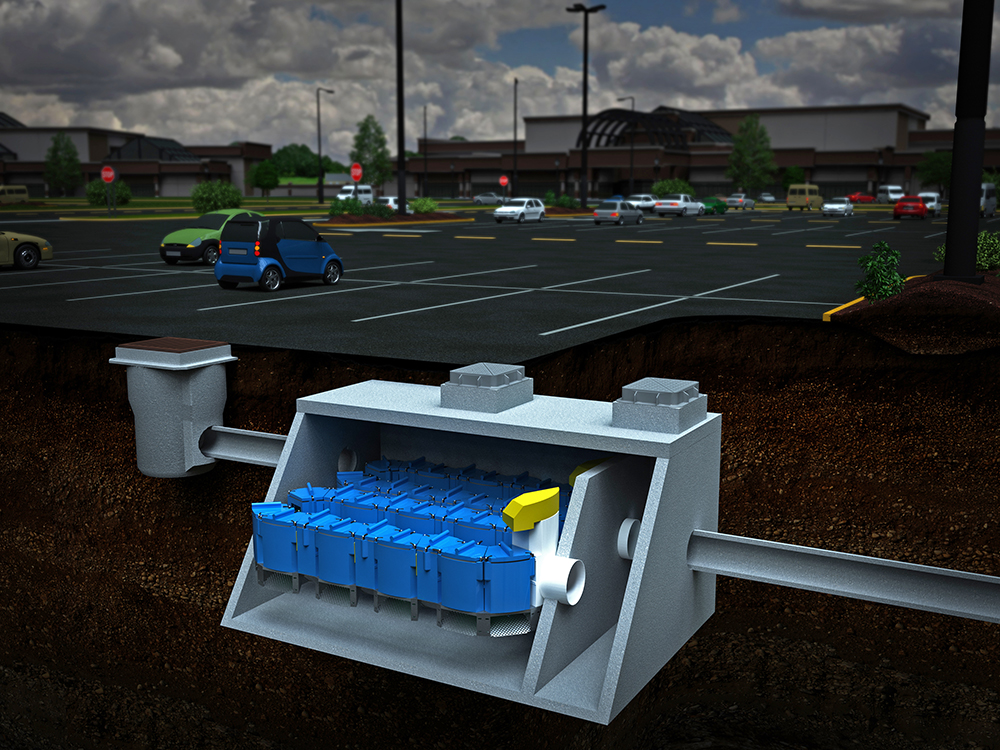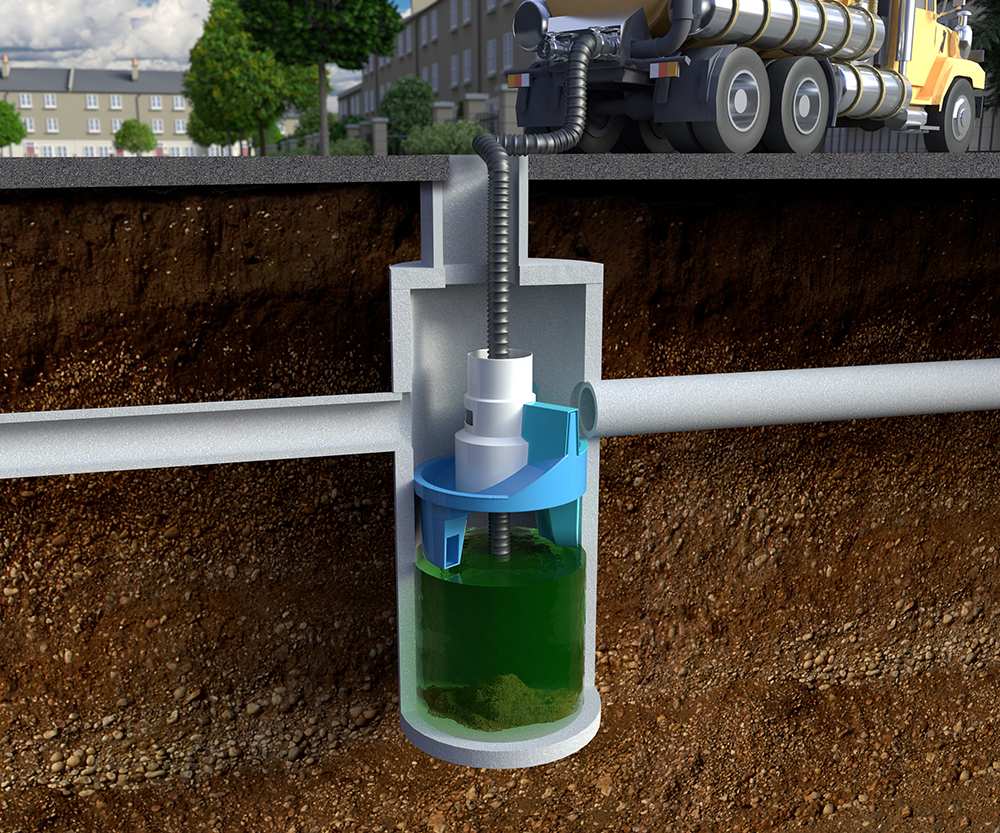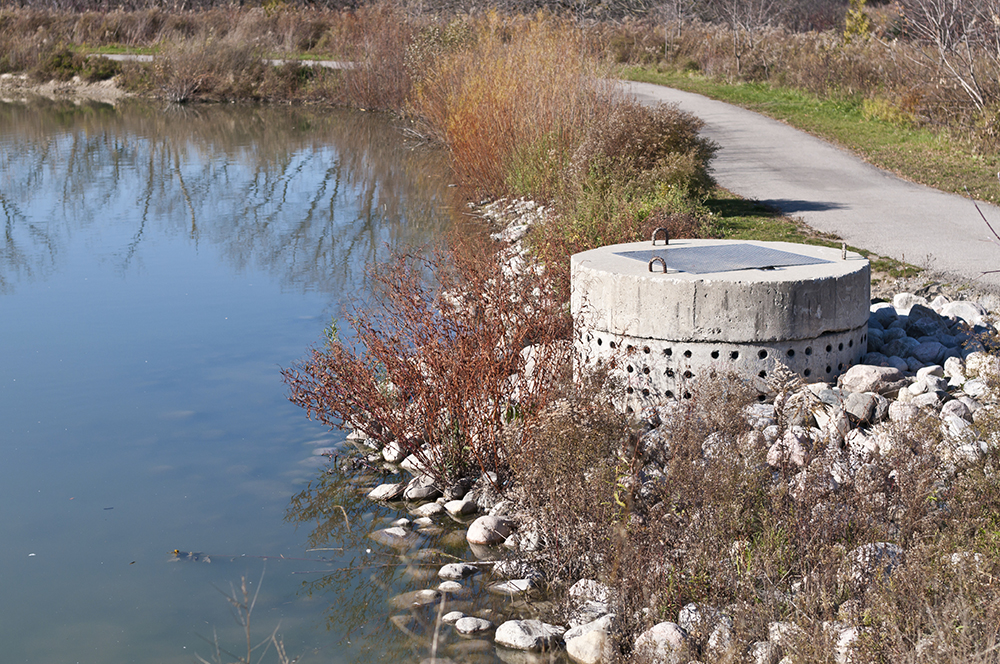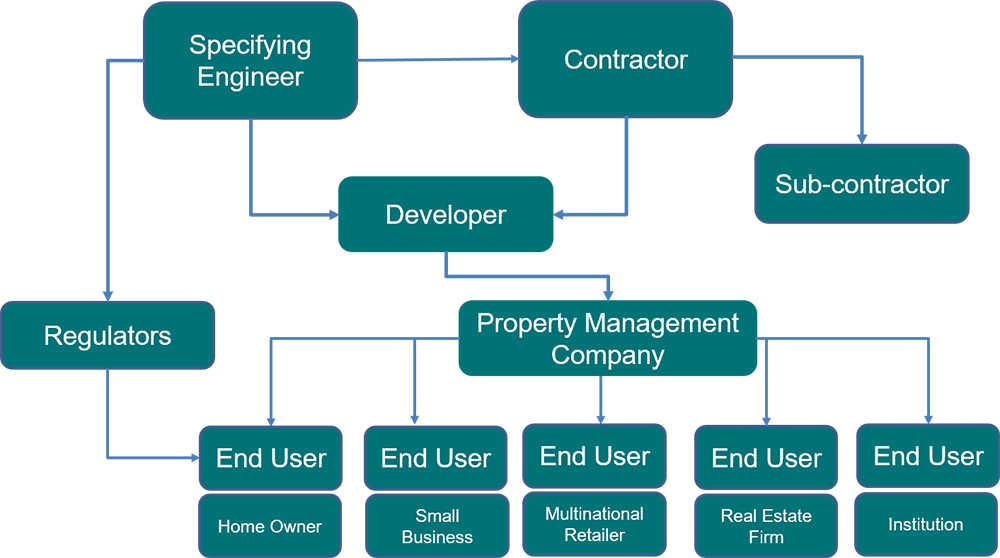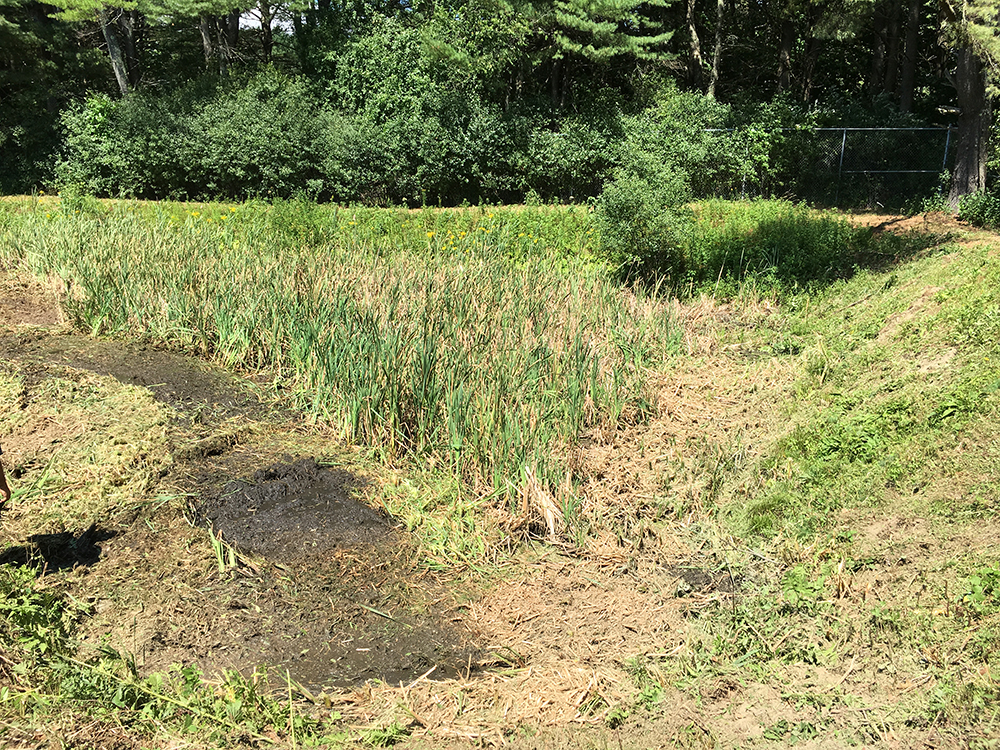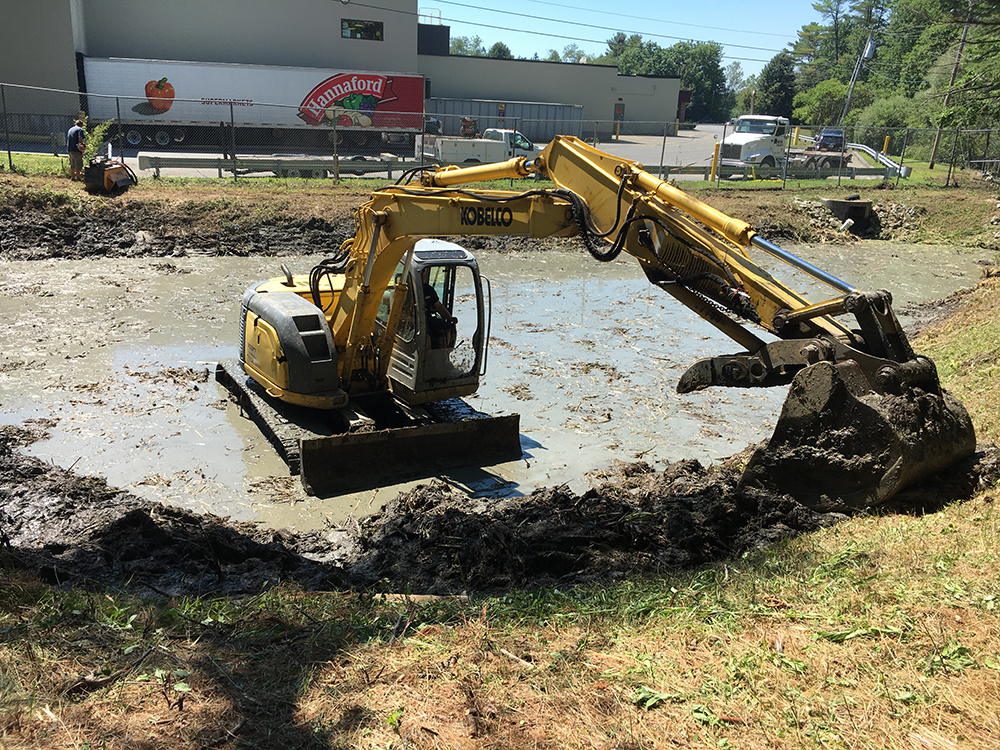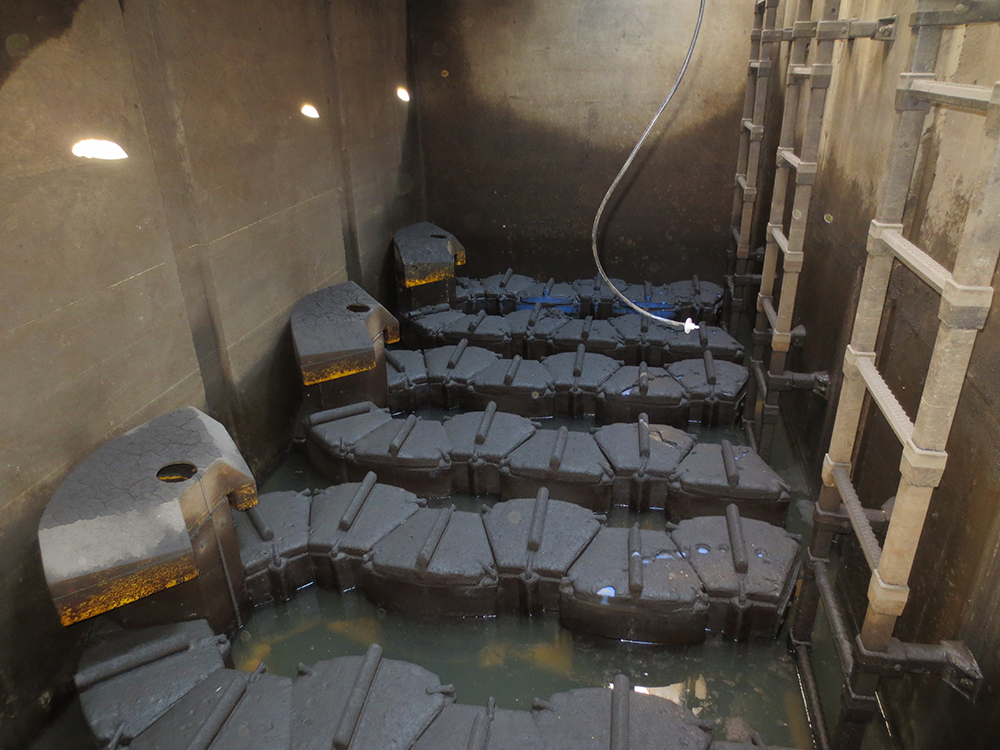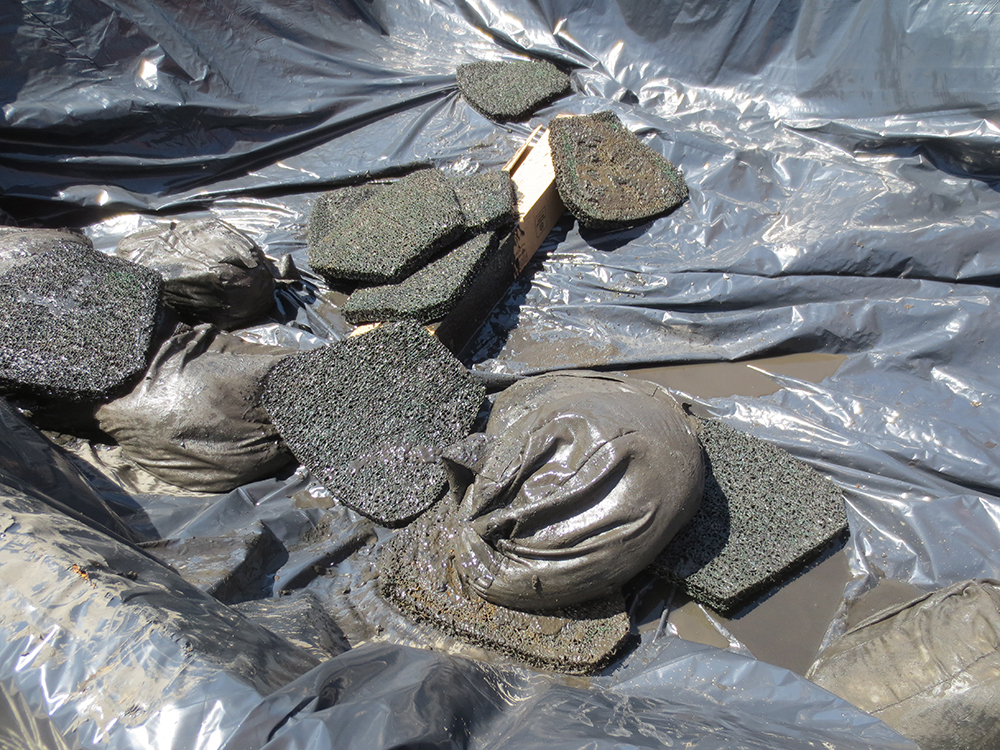Imagine this hypothetical scenario: Arthur is a business owner who rents commercial space within a shopping plaza. One day, Arthur receives a Notice of Violation from the city on behalf of the EPA informing him that his business is discharging untreated stormwater into the drainage line, and he has 30 days to maintain the system or face regulatory penalties.
Arthur is bewildered. He knows nothing about stormwater treatment, has never seen a treatment system in his complex, and he feels certain the letter was sent in error. Arthur contacts his landlord (a real estate development company), and after much back-and-forth, is directed to the portion of the lease agreement indicating that he is indeed responsible for the maintenance of the unseen stormwater treatment system onsite. Arthur is advised to pay the fine and schedule a cleanout to avoid further action.
Feeling cheated by the “fine print,” Arthur thinks about how to handle this unexpected annual expense. What is a stormwater treatment BMP? How should he know when cleanout is needed? Why wasn’t he notified of his obligation when he became a tenant?
Many commercial property owners, managers and tenants have shared Arthur’s predicament. Most people outside of construction, commercial real estate and the municipal water treatment sector are largely unfamiliar with stormwater treatment, and even those close to the technology aren’t always clear on the regulations and required upkeep.
How Responsibility Gets Lost in Translation: The layered contracting structure common in property development today often separates the stormwater management experts from end users responsible for system upkeep.
The Clean Water Act of 1972 states that if a certain amount of earth1 is disturbed during the development or redevelopment of land contained within an MS4 (Municipal Separate Storm Sewer), a stormwater treatment system must be installed to remove the sediment, oil, trash and other debris from the site’s runoff before it discharges into any waters.
Civil engineering firms hired by property developers are tasked with selecting best management practices (BMPs) for a project, in accordance with all federal, state and local stormwater treatment regulations. While engineers know the importance of service and maintenance, it is rare for the engineers to ever interact with the property’s end users (think: Arthur). In fact, engineers often work directly for a general contractor hired by a property developer, and sometimes are separated even further by a property manager.
The great news is that this is a problem easily remedied. Outlined here are simple strategies for building owners, managers and tenants to guard against the unexpected cost and regulatory scrutiny of a non-compliant stormwater treatment system:
Communicate Proactively. Property managers and owners should not rely on developers and engineers to provide this information without a direct request, and thus should take the initiative to ask for this information and make it available to all current and future tenants.
Get Educated. Most business owners’ employees would never throw trash on the ground in their parking lot or allow their dumpster to overflow for years. However, deferring maintenance on a stormwater treatment system can have an identical impact on the environment by allowing trash and pollution to enter waterways, harming aquatic ecosystems and related industries in the process. Helping end users see their responsibility from this point of view may help take the sting out of an otherwise confusing and unexpected expense.
Plan Ahead. Sticker shock can be a major blow to owners managers and tenants responsible for systems with severely deferred maintenance. The cost to return these systems to a functional status will be significantly greater than if the systems had been maintained on a regular basis, so budgeting for service and maintenance will make the most fiscal sense over the long-term.
Treatment systems commonly left unmaintained include stormwater ponds, which can become overgrown and require dredging, and underground trash screens, which often collapse beneath the weight of collected debris.
Increasingly, stormwater BMP maintenance contracts are being required prior to permitting which should help to mitigate instances of deferred maintenance.
Selecting a Stormwater Maintenance Service Provider
Look for a full-service provider. Many service providers are limited in the types of treatment systems they can effectively maintain. Make sure your provider has the tools to clean every type of treatment system, from underground separators, catch basins and filters to Low Impact Development (LID) or “green infrastructure” systems such as stormwater ponds, bio swales and bio filters.
Look for demonstrable knowledge of regulations. Just because a company has a vactor truck that cleans grease traps and septic tanks or does landscaping does not mean they know how to ensure a treatment system is performing in accordance with the original stormwater permit. Select a provider that can demonstrate an understanding of the intricacies of treatment regulations, or else face the risk of paying for maintenance that does nothing to bring you into compliance.
Place a premium on access to replacement parts. Both engineered and biological filter systems use media, a combination of sand and other materials designed to trap fine pollutants. Over time, media becomes spent and ceases to optimally function. Maintenance companies who do not have access to replacement media may charge full price for a half-done job.
Bridget Domareki is marketing communications specialist at Hydro International, Portland, ME.
 (1).png)







